Visiting my son 200 miles away this week, I took the opportunity to visit the site of the big archaeology news of the year, The Prittlewell Hoard. Prittlewell is a part of Southend on Sea in Essex. The name Essex of course, means East Saxon so when the town council wanted to investigate any Romano-Saxon remains, there was a good chance they would find some. But they never expected to find a royal burial site under a pub car park in Prittlewell.
It has been called euphemistically, " Britain's answer to Tutankhamun" and while it isn't on that scale it is certainly very impressive. I know because I visited the display this week in Southend Museum. It is a free exhibit.


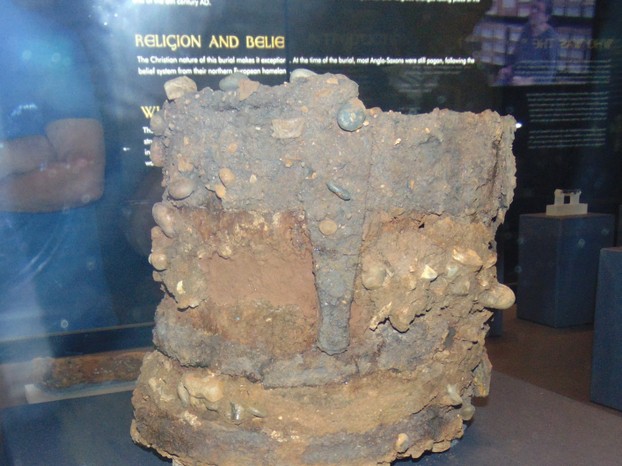
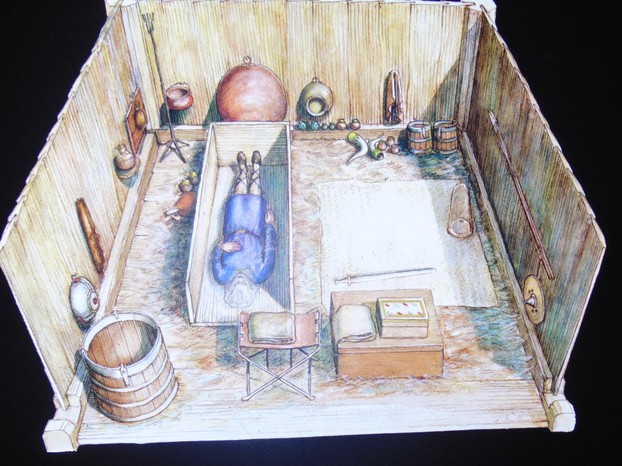
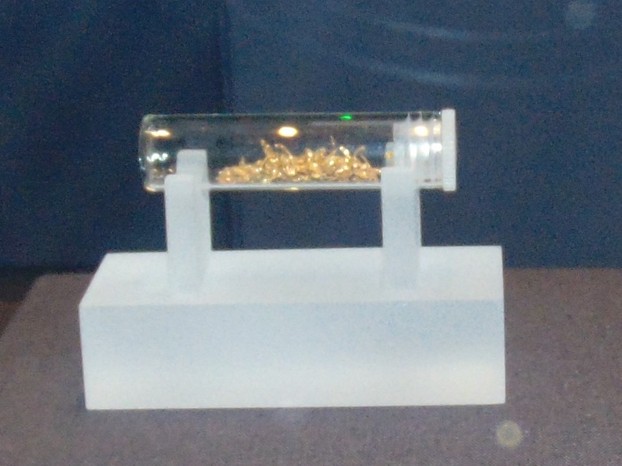
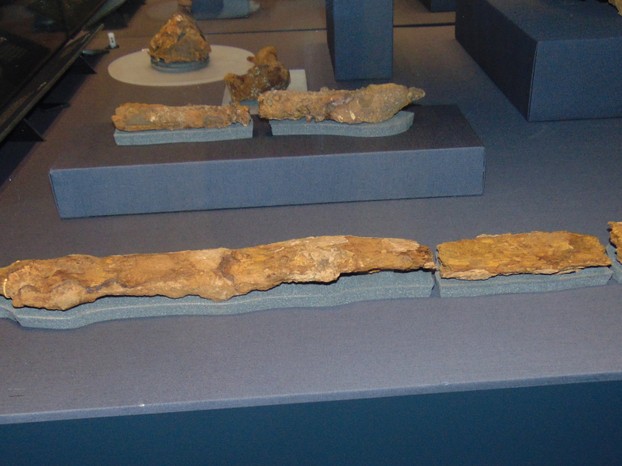
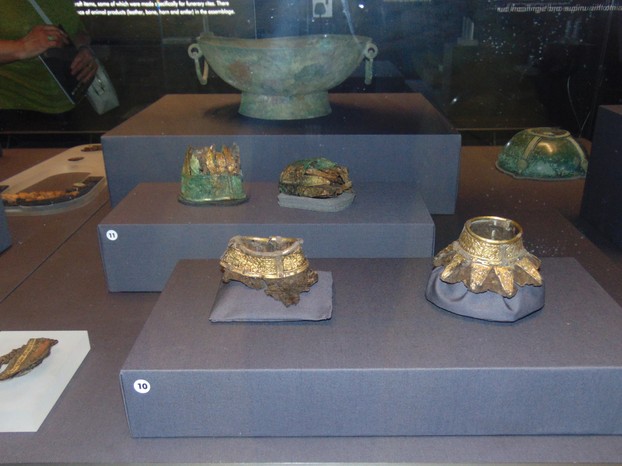
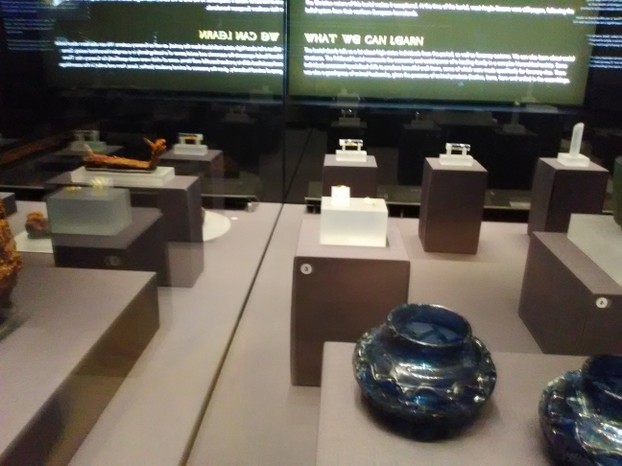
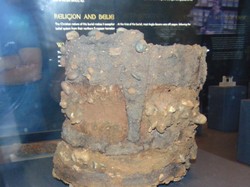

 Blarney Castle and Gardens, County Corkon 06/01/2023
Blarney Castle and Gardens, County Corkon 06/01/2023
 An Cóbh, Corcaigh, Eireon 05/29/2023
An Cóbh, Corcaigh, Eireon 05/29/2023
 Dublin ; The Book of Kellson 04/04/2023
Dublin ; The Book of Kellson 04/04/2023
 The Bee Tree Community CIC;- an online support communityon 08/24/2022
The Bee Tree Community CIC;- an online support communityon 08/24/2022
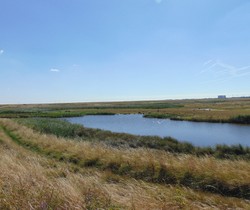
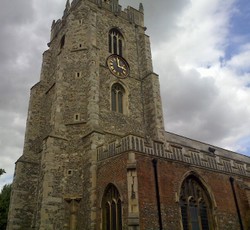
Comments
Land archaeological surveys are required but I never heard of sea ones being required.
Thanks to Blackspanielgallery, Frank and Veronica for the informative comments and questions about eroding land cascading structures and vehicles into the sea below.
The sea floor must have quite a valuable archaeological collection.
Would there have been archaeological explorations before, during, after the Channel Tunnel construction?
Although my work covers several eras i think the Anglo Saxon is my favourite era. Frank and
I do have an Anglo Saxon surname of course so that might help.
Southend Museum which houses the Prittlewell hoard is a fine example of how a tiny museum can present an excellent exhibition.
This wizzley draws me back time and time again because of the informative images and information.
Name and word origins and their evolving meanings always ensure my enthusiastic interest.
Several readings and research forays into its applications and implications finally find me with my favorite: name meanings!
English Wiktionary links the Prittlewell Saxon name Seaxa with "Saxon" but in terms of origins with West German for "dagger, knife."
The Prittlewell Saxon grave indeed maintains a sword.
Might Seaxa as brother to a king have a duty to defend -- as epitomized and symbolized by his sword -- God and monarch (even as the king's son might do their duty ;-D as heir and spare)?
Derdriu
It looks like a doll of some sort to me. They had toys and games as grave goods for the afterlife to take with them.
Veronica, Previously, I intended to ask you about the item (looks like a body or doll) to the left of the burial casket. The Museum of London makes no mention of it.
Tolovaj
I like to DO things on holiday. I could never sit by a hotel pool for 2 weeks! That would be no holiday for me.
BSG
The East coast of England is very damaged by erosion. In fact, houses have fallen into the sea from cliffs and also cars on coastal roads.
Much has been lost to the sea, I am sure.
It looks like you successfully fused education and pleasure! It's always great to have an opportunity for such time travel, isn't it?
Definitely erosion in this case. The whole of the North Sea is a flooded coastal plain, and its shore in the Essex and nearby East Anglian areas is composed of soft clay cliffs, very easily eroded. In several places the authorities have found that the best way to prevent this erosion is to restore coastal salt marsh, which strangely is more effective than hard sea walls are.
Britain has been slowly changing its position since the end of the Ice Age, with the North and West of the island rising and the South and East slowly sinking. For example, the Goodwin sands of Kent, in South East England, were land until the mid eleventh century,then they were inundated. They are now a dangerous stretch of sea with a long reputation for shipwrecks.